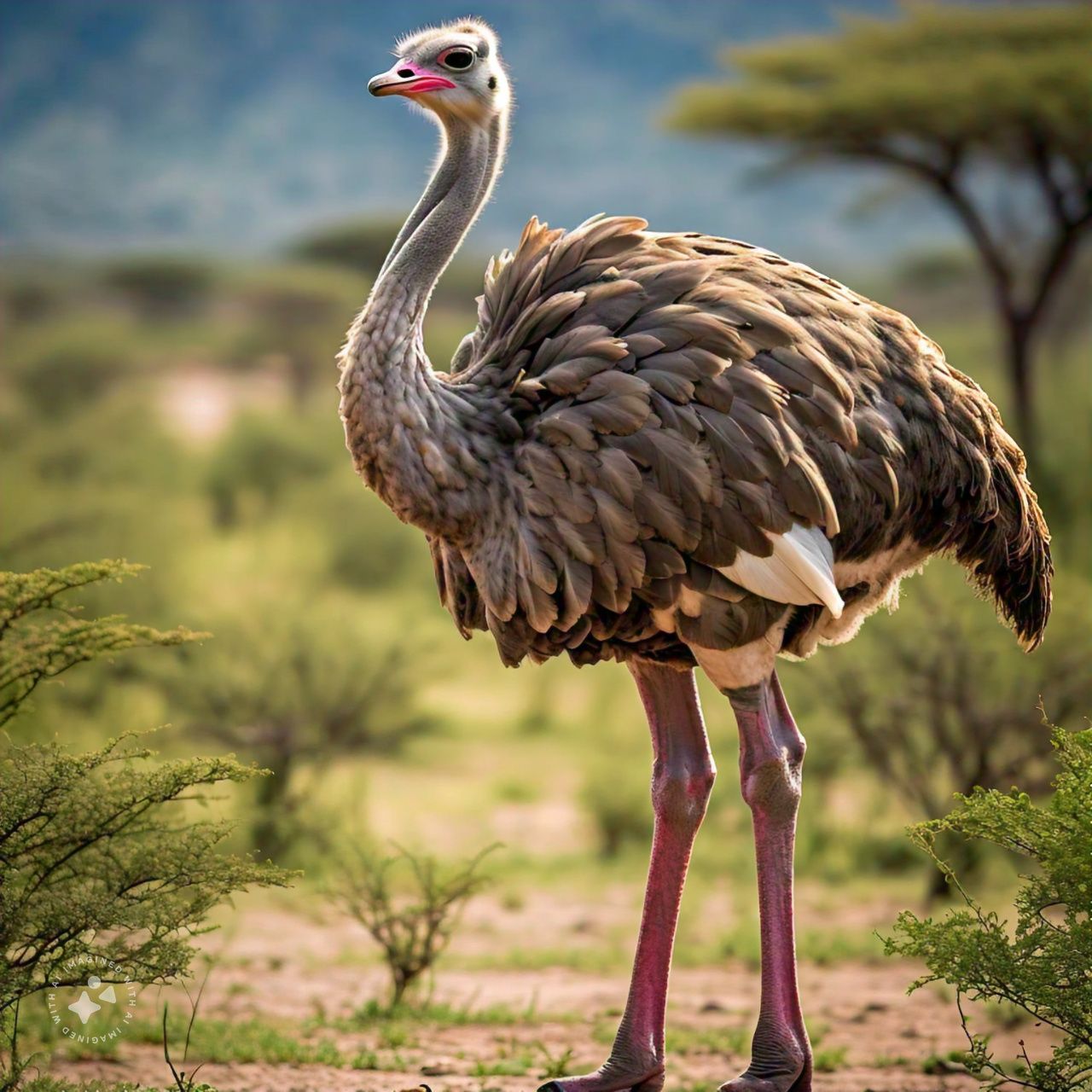How Long Does an Ostrich Egg Take to Hatch? A Complete Guide
Ostriches are fascinating creatures, known for their impressive size and unique nesting habits. One of the most interesting aspects of ostrich reproduction is the process of hatching their eggs, which are some of the largest in the animal kingdom. This guide delves into the duration of ostrich egg incubation, factors that affect hatching, and the care required for a successful hatch.
The Basics of Ostrich Egg Hatching
Ostrich eggs are among the largest of all bird eggs, with each egg weighing around three pounds. When an ostrich lays an egg, it begins a lengthy incubation period before the chick is ready to hatch. Generally, an ostrich egg takes about 42 to 46 days to hatch, although several factors can influence this timeframe.
Why Does the Incubation Period Vary?
The time it takes for an ostrich egg to hatch can vary due to environmental conditions, temperature fluctuations, and the age of the egg at the start of incubation. In cooler climates, eggs may take a bit longer to hatch. Additionally, the genetics of the ostrich pair and the level of parental care provided can affect the incubation period.
The Structure and Size of Ostrich Eggs
Ostrich eggs are truly remarkable in size and structure, with a shell thickness that offers substantial protection. To learn more about these impressive eggs, check out this detailed guide on ostrich egg dimensions. The robust structure of the shell helps shield the embryo from environmental stresses and potential predators.
The Role of Temperature in Incubation
Maintaining a stable temperature is crucial for a successful hatch. Ostrich eggs need to be kept at approximately 97 to 98 degrees Fahrenheit, with humidity levels also carefully controlled. Variations in temperature, either too high or too low, can delay the hatching process or, in extreme cases, result in unsuccessful hatching.
How Do Ostriches Incubate Their Eggs in the Wild?
In natural settings, ostriches use their large bodies to shield their eggs from the elements. The female typically incubates during the day, while the male takes over at night, ensuring that the eggs remain warm. This cooperative incubation between the ostrich parents helps maintain the ideal conditions for the eggs to develop fully.
Artificial Incubation of Ostrich Eggs
In captivity or on farms, ostrich eggs are often incubated artificially using specially designed incubators. These machines regulate temperature and humidity, mimicking the natural environment required for the eggs to hatch. Using artificial incubation can enhance hatch rates and allow better control over the hatching process.
How to Care for Ostrich Eggs During Incubation
If you are incubating ostrich eggs artificially, regular monitoring is essential. Eggs should be turned several times a day to prevent the embryo from sticking to the shell. This practice also helps ensure even temperature distribution across the egg, promoting healthy development.
What Happens in the Final Days Before Hatching?
The last few days before an ostrich egg hatches are critical. During this period, the chick inside the egg prepares for its emergence by absorbing the remaining yolk, which provides it with essential nutrients for the first few days after hatching. Keeping conditions stable during these final days is especially important to ensure a successful hatch.
Do All Ostrich Eggs Hatch Successfully?
Not all ostrich eggs make it through the incubation process, as various factors can affect hatch rates. Eggs that are improperly incubated, exposed to fluctuating temperatures, or have weak shells may fail to hatch. Understanding and managing these factors can significantly improve hatching success rates.
Understanding Ostrich Chick Development in the Egg
While inside the egg, an ostrich chick goes through distinct developmental stages. Initially, the embryo forms and gradually develops essential organs, bones, and feathers. To learn more about the unique skeletal structure of ostriches and how it supports their size, read this article on ostrich bone structure.
What Do Ostriches Do After Their Chicks Hatch?
Once the chick hatches, ostrich parents typically continue to protect and care for it, guiding it to food and water sources. In the wild, young ostriches stay with their parents for several months, learning to forage and survive. These early weeks are crucial for the chick’s growth and adaptation to its environment.
How Many Eggs Does an Ostrich Lay?
Ostriches can lay up to 15–20 eggs per nesting season, though only a portion of these eggs may hatch successfully. The large number of eggs provides a better chance of successful hatching and survival, especially considering the natural challenges and predators ostrich eggs face.
Factors That Affect Ostrich Egg Hatch Rates
Environmental challenges, genetic factors, and incubation conditions all influence hatch rates. In addition to stable temperature and humidity, cleanliness is essential to prevent bacterial infections that could harm developing chicks. The hatch rate is higher when eggs are carefully managed and monitored throughout the incubation period.
Do Ostriches Have Unique Nesting Habits?
Yes, ostriches have interesting nesting behaviors, including laying eggs in communal nests where multiple females may deposit their eggs. The dominant female often selects the best eggs for incubation. To learn more about these intriguing behaviors, read this guide on ostrich sleep patterns and habits.
Final Thoughts on Ostrich Egg Incubation
Ostrich egg incubation is a fascinating and delicate process that requires precise conditions and consistent care for successful hatching. Whether in the wild or captivity, each stage of the incubation journey is vital to ensure that the ostrich chick has the best chance for survival. For more insights on ostrich care and behavior, visit Bird Queries, a comprehensive source for bird information.




